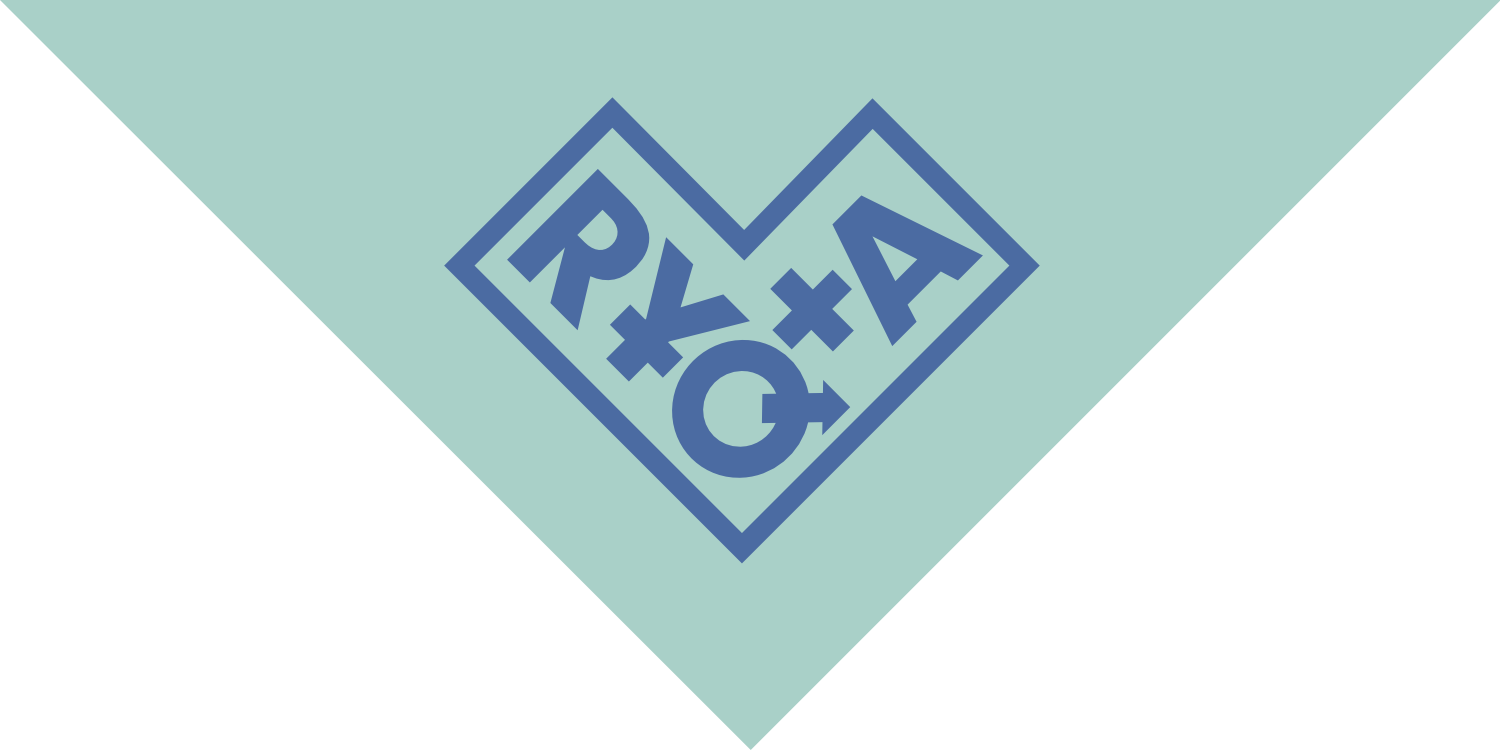The idea of being straight wasn’t something which really ever occurred to me. Ever since I first learnt about relationships, about boyfriends and girlfriends, I knew that I was never going to only like boys. As a young teenager, I tried on different labels. First among these was bisexual, as I didn’t have a preference between boys and girls, I liked them both. Then came pansexuality. After some introspection, I realised this fit me better, as a person’s gender didn’t seem to be important to me when determining which people I liked. I thought I’d figured it out, but I couldn’t have been more wrong. That was when I found out about asexuality.
To put it simply, asexuality is when a person does not experience sexual attraction. It’s separate from celibacy, which is the voluntary decision to abstain from sex. Growing up, I always thought of sex as one of those unpleasant things adults did, like drinking alcohol and paying taxes. ‘People my age aren’t really interested in sex, they’re just exaggerating about what they have done or want to do because of society and American films’, or so I genuinely thought. A few months and some uncomfortable conversations with my friends later, proved I was decidedly misinformed. So, as it turns out, I was on the outside looking in when it came to not wanting sex. Only, I didn’t realise because I just assumed that my experiences were the norm. It was surprising to find out that other people weren’t mildly off‑put by the idea of sex, or that other people weren’t consciously choosing which people to have crushes on. The same can be said for my gender.
Until Year 9, I never questioned whether I might not be a girl. I didn’t know it was an idea I could challenge. Being a girl wasn’t something that I felt, it was just something everyone else told me I was. And I thought that was the same for everyone. I was shocked to learn that other people had a sense of connection to their gender.
Over the next year, I tried on different labels, many of which I found too confining. I definitely wasn’t a trans man, but I might have been trans masculine. For a while, I tried to pin the minute shifts in my gender as genderfluidity. During this time, I experimented with different forms of gender expression, and tried on a host of pronouns and names. Later, I adopted the term agender, meaning I didn’t feel like I had a gender. What this experience of questioning taught me however, it that every label I tried for myself felt too restricting.
Eventually, I settled on non‑binary, as the broadest term for my identity. For me, it was enough to distinguish that I wasn’t cis-gender, but did not feel restricting. I am asexual and non-binary, which, for me, means I don’t experience or understand sexual attraction or gender as it relates to me. I usually just stick with queer, because it expresses what I want it to, and I don’t believe the details are important for everyone to know.
Discovering both my sexuality and gender were difficult and confusing experiences, which were made more so by the lack of information I had about more underrepresented identities like non-binary and asexual. This caused me a lot of distress and reinforced a strong sense of alienation and isolation. A lack of information led me to feel like I was doing something wrong, that I was broken, or that I was lying or faking it. Neither my experiences with my sexuality or my gender aligned with what I believed was the standard narrative. Trying to understand my identities was like trying to piece together jigsaw puzzle pieces without a picture. I didn’t know that the things I was experiencing were signs of being asexual, or transgender. I just thought they were regular parts of being a teenager. And for some people they definitely are, it just meant that I wasn’t cis-gender or straight.
